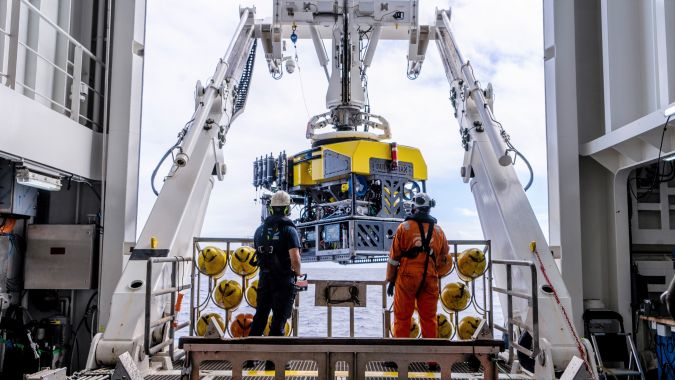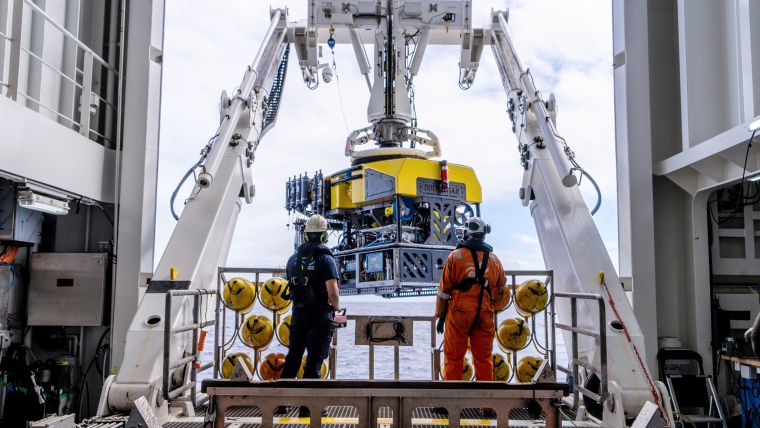Schmidt Ocean Institute expedition discovers new hydrothermal vent fields
Scientists have made a groundbreaking discovery on the Mid-Atlantic Ridge during the first scientific expedition aboard Schmidt Ocean Institute’s research vessel, Falkor (too). The team, representing 11 institutions from the US, Canada and France, used advanced ocean technologies to map an area of approximately 170 square kilometres, revealing three new hydrothermal vent fields.
The discovery of active hydrothermal vents is the first in over 40 years on this section of the world’s longest underwater mountain range. The Puy des Folles volcano field has five active sites over 18 square kilometres, and high-temperature ‘black smoker’ vents were found at the Grappe Deux vent system and Kane Fracture Zone.
“This cruise exceeded expectations with the discovery of so many amazing hydrothermal vents vibrant with life”, said Dr Jyotika Virmani, executive director of Schmidt Ocean Institute. “We are delighted with the new capability that Falkor (too) brings to the ocean science community, including the ability to put multiple different types of technology in the water simultaneously. The dedication of the scientists and crew, along with the capabilities of the ship, was evident in the success of this expedition, and we look forward to more.”
Target area for deep-sea mining
The Mid-Atlantic Ridge, located in international waters also known as The High Seas, is a target area for deep-sea mining. All mineral-resources-related activities in the area are regulated by the International Seabed Authority (ISA), established by the United Nations. The ISA is currently considering whether to allow deep-sea mining. Active hydrothermal vents are rich in metal sulfide deposits – mineral ore often affiliated with copper and zinc – and exploring the vents for the first time, scientists found rich biological communities. The vents were teeming with marine life, including massive swarms of vent shrimp and a rare sighting of big fin squid. Many species found on vents live off chemical energy (chemosynthesis) instead of energy from sunlight, which does not reach such depths.
Scientists are still learning about how these ecosystems function and the role they play in cycling carbon on our planet. The impact of deep-sea mining on hydrothermal vent ecosystems is unknown, and the discovery of active marine life underscores the need for more research to understand the effects. “Regional Environmental Management Plans for regulating ocean mining require accurate scientific data on the presence of animal communities and an understanding of how sites are colonized”, said chief scientist Dr David Butterfield. “There is some agreement that sites with active venting and chemosynthetic vent fauna communities should be excluded from mining because of the very limited extent of hydrothermal vent habitat, which is restricted to a narrow band of activity on the global mid-ocean ridge system.”
The complexity of deep-sea ecosystems
The inaugural 40-day expedition on RV Falkor (too) began in March, and the new vessel will be used for global ocean exploration, focusing on a new region of the world each year. The next expedition, which will begin on 17 April 2023, will explore deep-sea coral. “Falkor (too)’s inaugural expedition has demonstrated all that’s possible when you bring together scientists from around the world and give them access to the latest tools and technology, all aboard a collaborative floating laboratory”, said Wendy Schmidt, co-founder and president of Schmidt Ocean Institute. “The discoveries on this expedition underscore how much we have yet to learn about deep-sea ecosystems and why, before marching ahead with mining or other potentially damaging activities, we need to learn more about our unknown ocean.”















